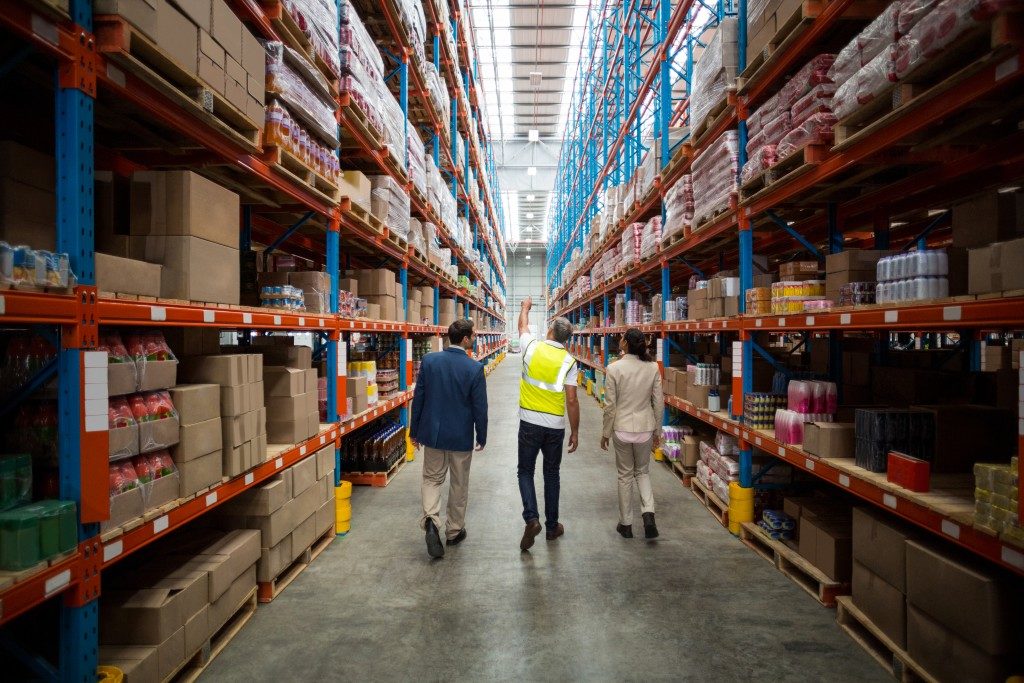The warehousing and storage is a booming and ever-present industry that caters to many logistics and manufacturing companies. However, according to the Health and Safety Executive (HSE), accidents and injuries in the warehousing and storage industry are quite common, with many of the incidents being caused by (1) slips and trips, (2) manual handling (lifting, carrying, lowering of heavy items and operating of machinery), (3) falls from heights, and (4) getting hit by moving vehicles.
These injuries result in missed work and lower productivity, and could also lower other workers’ morale. Not only that, but certain injuries may even prove to be fatal. That said, it’s essential to take the precautions to prevent such events in the workplace:
Proper Training
One of the best ways to avoid injuries and accidents across different industries (not just warehousing and storage) through appropriate training. Every warehouse worker and staff must be properly trained on basic safety protocols, proper handling and storage, use of personal protective equipment, the importance of good housekeeping and communication, as well as SOPs in case of an emergency. New and old staff should also be trained with any new tools and machinery, as well as any changes in safety protocols.
Personal Protective Equipment (PPEs)

Everyone in the workhouse must be equipped with the right PPEs to protect themselves from various injuries as well as to make them more visible: hard hats protect workers’ heads from falling debris or items, steel toe boots to protect their feet from crushing, safety vest to be more visible, and gloves to protect their hands when handling various items and machinery.
Good Housekeeping and Planning
It’s also essential for workers to be trained in proper stacking of items to prevent structural issues as well as to minimise the risk of falling items from heights. The warehouse itself should also have adequate access to first aid, and elevated areas should have safety rails to prevent injuries from falling.
Invest In Safe and Efficient Tools and Machinery

One of the most common injuries in any labour-based industry is musculoskeletal disorders from manual handling (carrying, lifting, transporting, etc.) of heavy items. These types of injuries can lead to absenteeism and lost productivity, which can negatively affect the warehouse. As such, it’s best to invest in useful warehouse tools to minimise the risk of injuries in manual handling such as forklifts and hand trucks. You may also want to consider adding a conveyor for truck loading and unloading of heavy items to and from the trucks. Investing in these tools won’t only minimise injuries but also streamline and improve productivity.
Good Communication
Communication is key in both warehouse safety and efficiency. All workers need to be able to communicate with one another and with their supervisors. To avoid any accidents with machinery or vehicles, it’s important that everyone is made aware of any incoming forklifts or trucks and if machinery is started or halted. Any observed safety issues such as faulty equipment or vehicles, spilt chemicals and harmful substances, structural problems, and accidents should be communicated to the supervisor or manager to have these issues addressed immediately.
Conclusion
Many of these tips are following industry safety standards, but it’s important for a warehouse to be constantly adhering to safety regulations and to take the extra steps to ensure their workers' safety.

